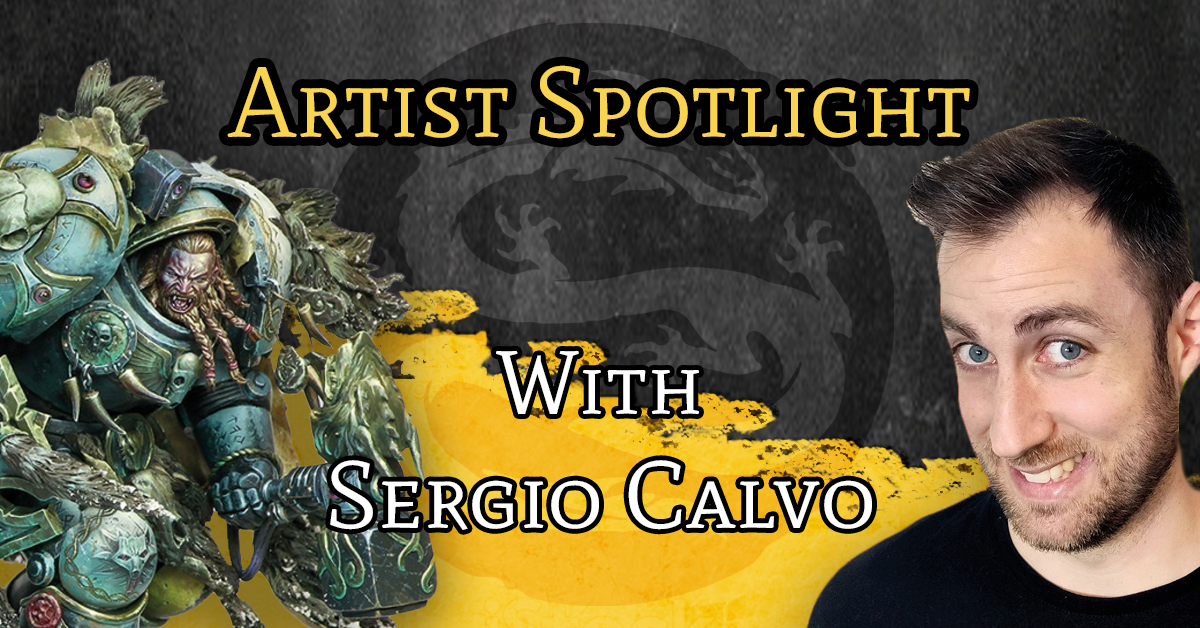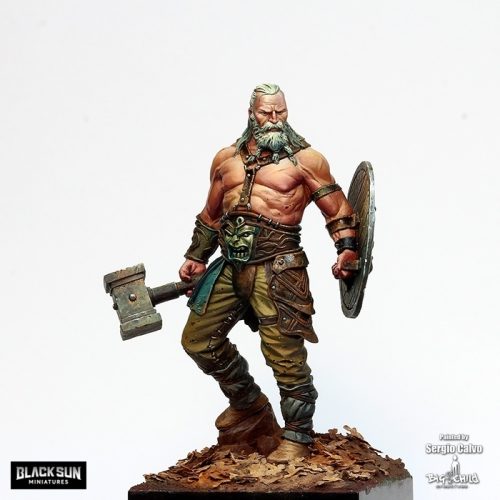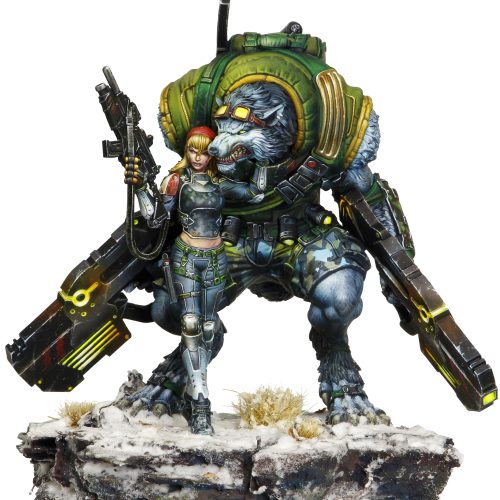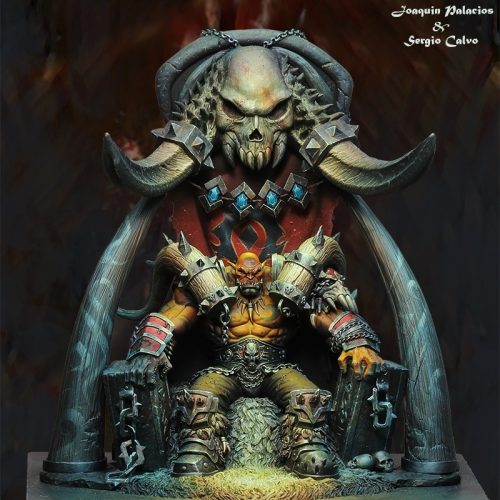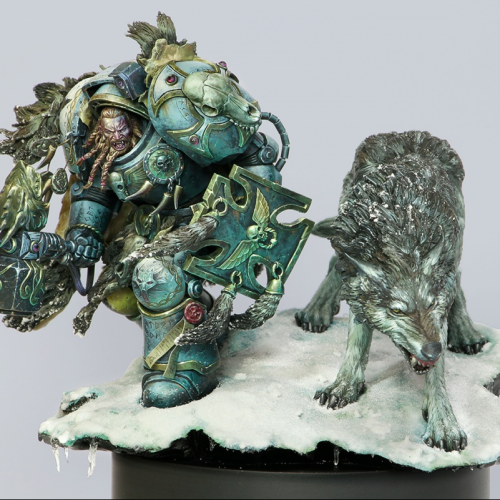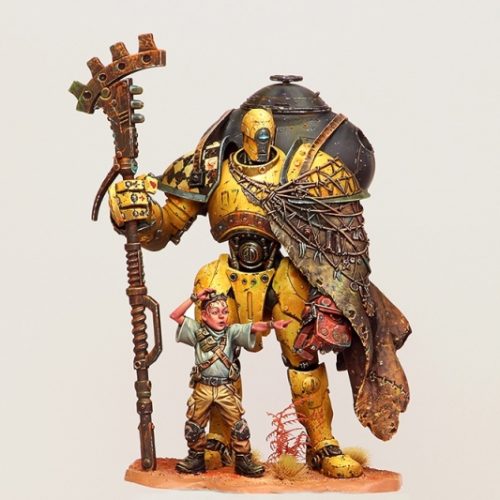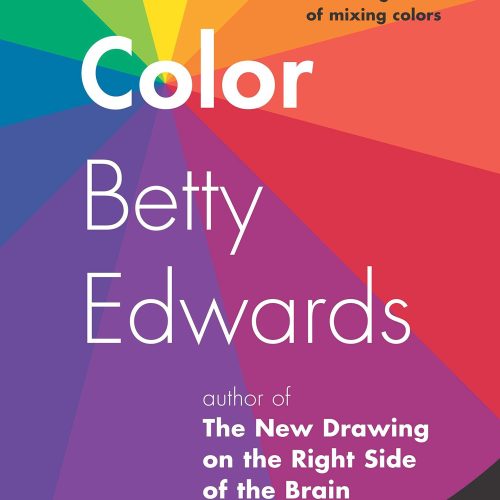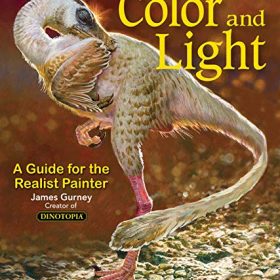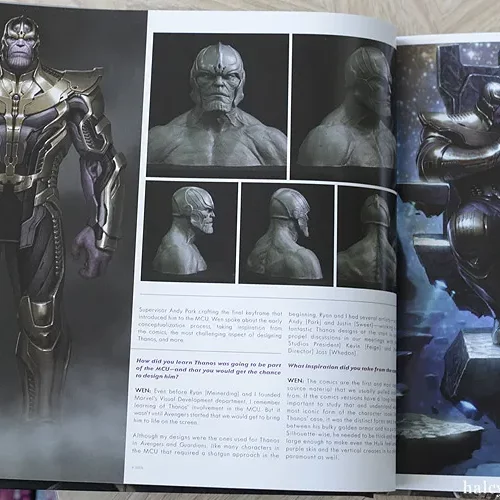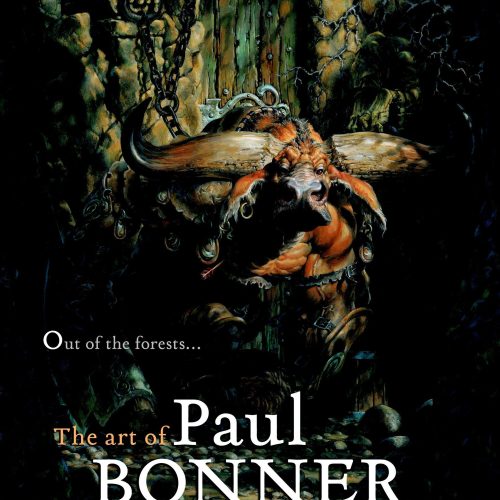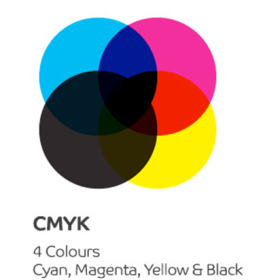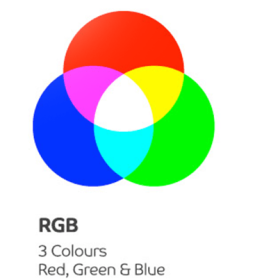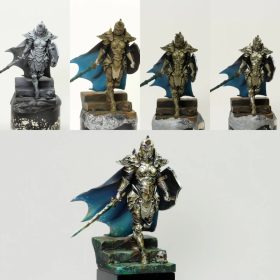Artist Spotlight
Artist Spotlight: Sergio Calvo
Artist Spotlight: Sergio Calvo
If you searched for new models to add to your collection, looked for new Kickstarted releases, or just browse the web for inspiration. Chances are you stumbled upon works made by Sergio Calvo. This one-man painting machine has done Box Art for several CoolMiniOrNOt releases. Painted eyecatching Dark Fantasy and Sci-Fi sculpts for Blacksun Miniatures. Painted several iconic Infinity The Game Characters for the Luxumbra range. Not to mention painting Samuel L. Jackson as a space marine. All of this, on top of doing miniature painting streams, making painting tutorials, and hosting lessons for those who are eager to learn. His actions show a commendable work ethic. And he has an extensive portfolio and prestigious awards like The Crystal Brush to show for it.
About The Art
When you look at Sergio Calvo’s works two things immediately stand out. The first one is his technical knowledge and understanding of lights, shadows, and textures. The second is how vibrant and colorful his works are. Sergio shows a clear understanding of the color theory and utilizes it to the max. It doesn’t matter if he paints a vibrant diorama set in the daylight or a dark and dull throne room. It will be full of meaningful colors, regardless. Color is just another storytelling tool for him. A good example is his 2017 Crystal brush entry ‘Space Wolf’. It sets a dark cold atmosphere just by color choice alone.
The Interview
– How much pre-planning do you do for your models. Are all the painting steps planned in advance or do you improvise a lot when painting?
– Before starting to paint, the first thing I do is search for references and plan both the color scheme and the environment in which the miniature is going to be. This allows me to know where I want to go and how to paint the miniature. I don’t set time limits for this phase because depending on the project it can take a few hours or several days. For me, it is always essential to find references, from the feathers on an owl to the makeup I want to do on a female face.
Then, I sit down to paint with a clear idea. I like to try and improvise but I always follow a logical order. For example, for me, it doesn’t make much sense to use glazes at the beginning of a project. I see it as a finishing step for when I have the miniature 90% finished. I like to play and improvise the most with the bases. I think that the variety of materials we have today allows us to create incredible sceneries (dioramas or settings).
– There are no limits on how much time you can spend on a model. How can you determine when the work is finished?
– I think this is the most difficult part for everyone. You can always work more and more on a miniature but we have to finish it when we feel happy with the result. I think a mistake that many people make when they start in the hobby is precisely not to finish a miniature or to leave it half-finished. If we have reached a point where we say “that’s it, I like it” we can move on to the next miniature. If we reach a point where we think “I don’t know how to continue” it is also a good point to finish. The important thing is that we paint and that we finish the model whether we are happy with the result or not. That is when we can look back at all the miniatures we have done up to that moment, and we can appreciate the evolution we had from the first to the last model. That is when we become aware of how much we have learned, how much we have evolved. It is not so much a question of determining the ideal moment to finish the miniature, but that we are happy with both the process and the result.
– Do you have any fun stories about miniature painting?
– I have some very funny ones. The one that comes to my mind is one day, during a plane trip, a person recognized me and we were talking about my work. The funny thing is that after chatting for a while I kept thinking “I know him and I don’t know how”. Turns out that after he told me his name I realized that I was also a big fan of his. It was a very funny and curious moment. Because he liked my work and I considered myself a big fan of his.
– I noticed that your videos answer a lot of questions about miniature painting and yourself. How do you decide what to cover in your videos? Are they based on your observations, or do you cover questions that you receive from your viewers?
– I always try to answer the questions that people often ask me in the comments, on social media, or questions that my students ask me during classes. I always try to write down all the questions. Because on many occasions I can take for granted that it is something that everyone knows. I also like to speak from a personal point of view, telling about my experience throughout all my professional years. I think that combining questions and experience is a good way to help everyone to learn and above all to improve.
– Last question. What’s the one thing that any miniature painter needs to know how to do?
– I think the first thing is to understand is that nothing is set in stone. It is not necessary to always thin your paints, lick the brush, or paint your finger to sharpen the tip of the brush in order to be a great painter. On many occasions, I have seen that type of mindset in my students simply because other people are doing it. I always say that if they are comfortable doing it, that’s great, but it’s not necessary to know. To improve they have to practice, enjoy what they are doing, and above all, have fun. That is my philosophy and what I always try to transmit to everyone.


